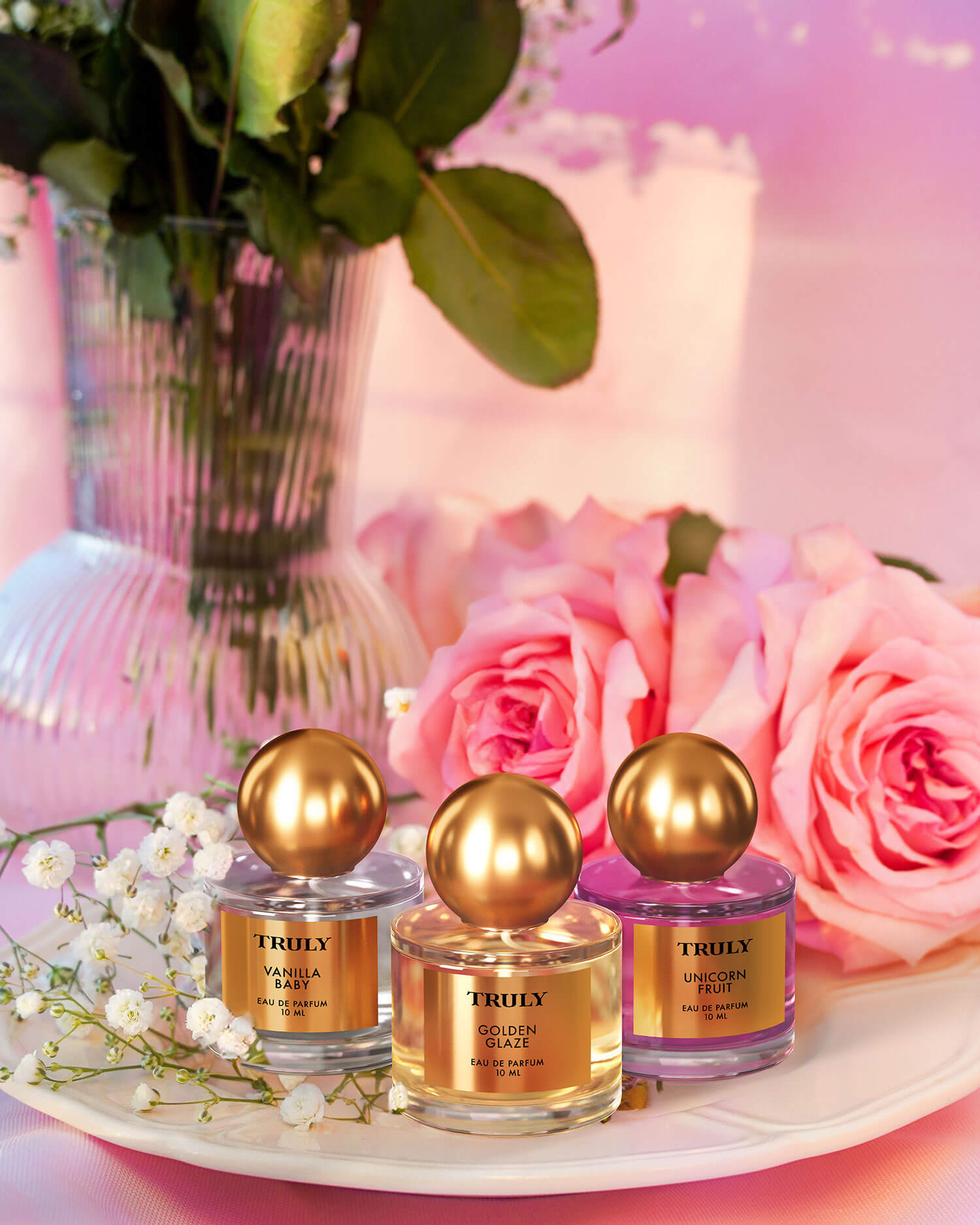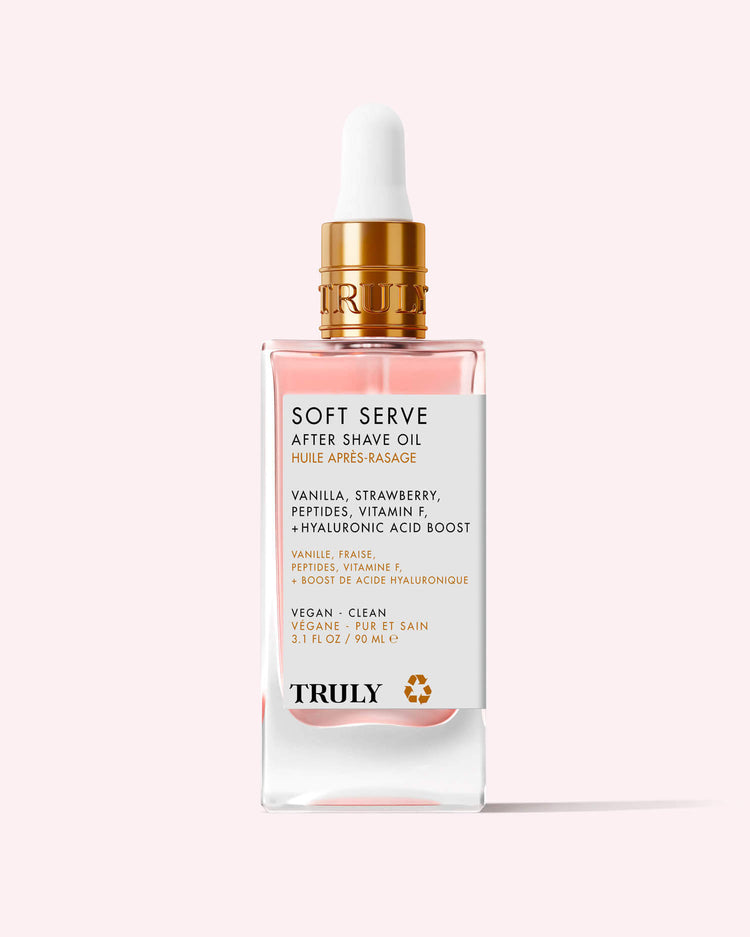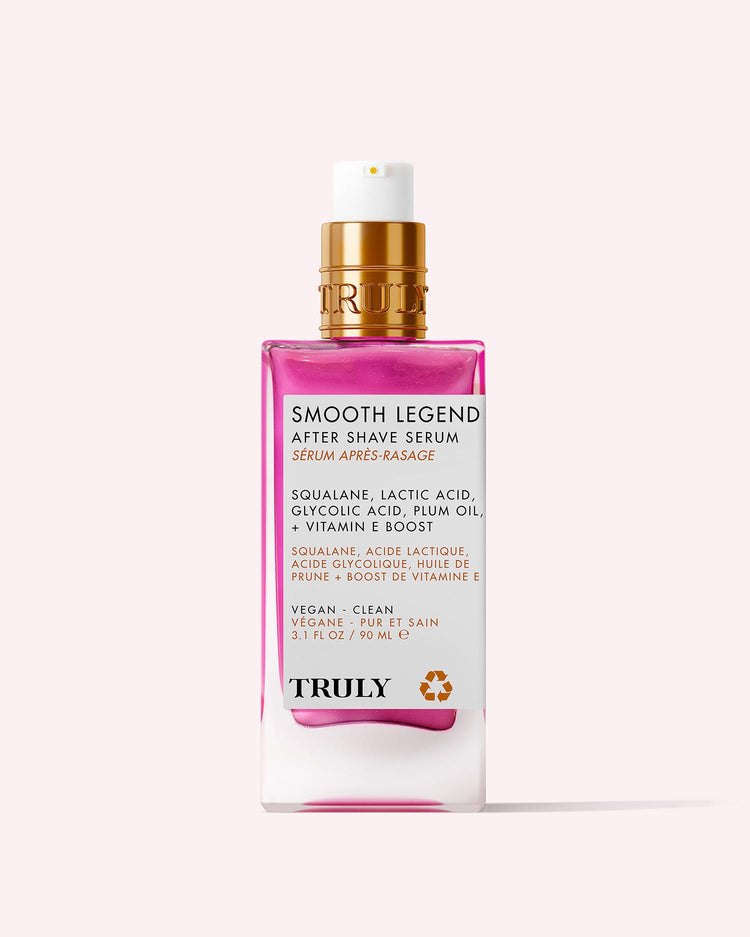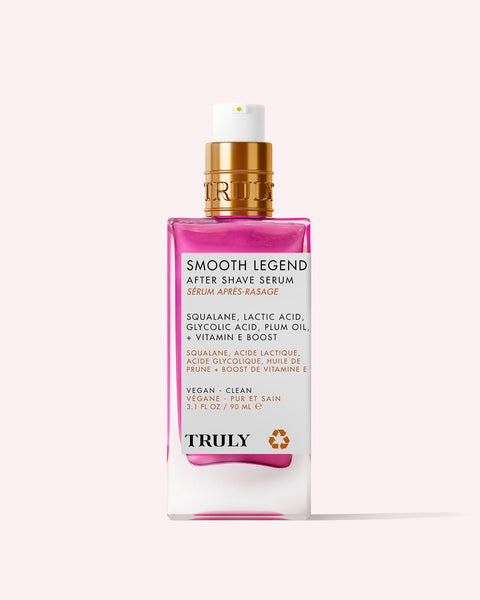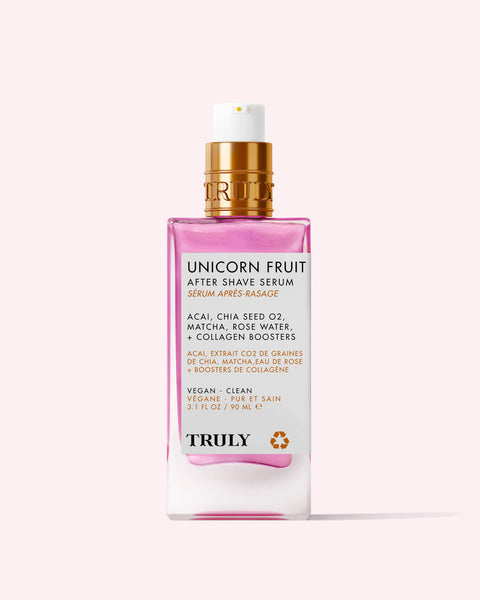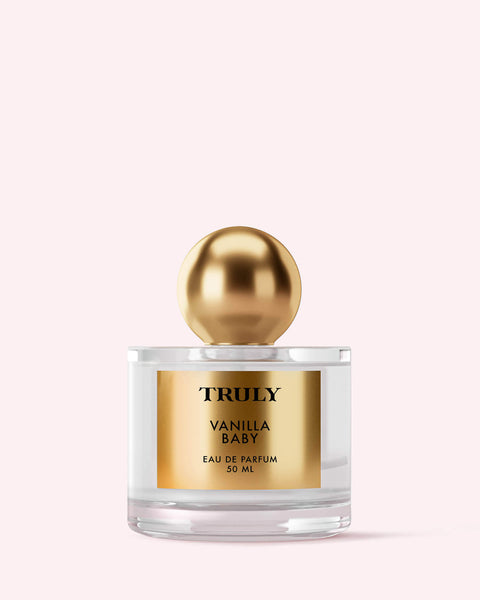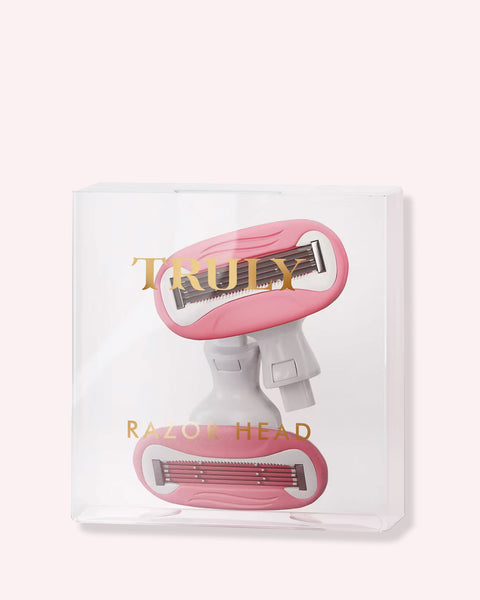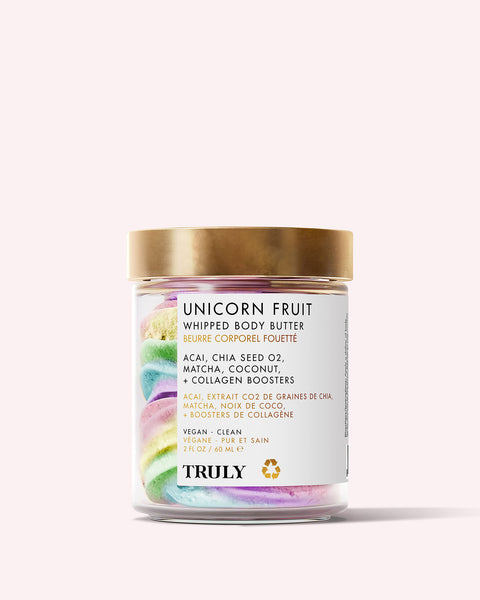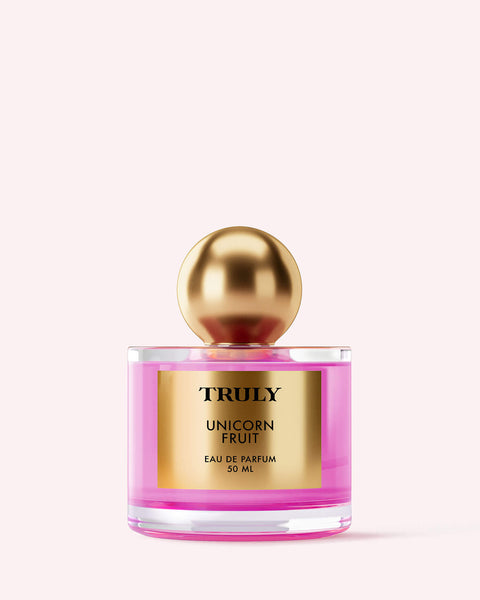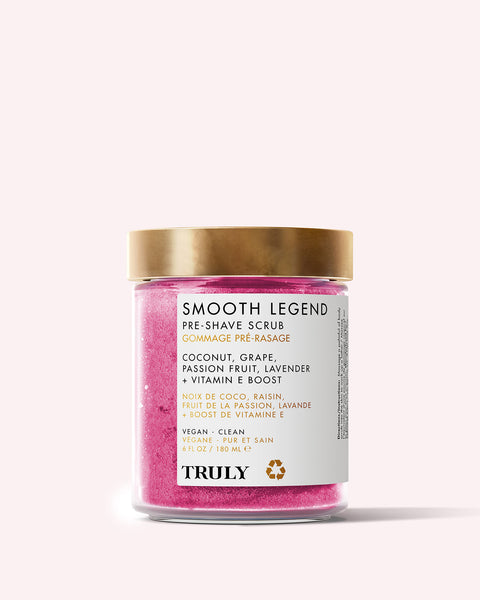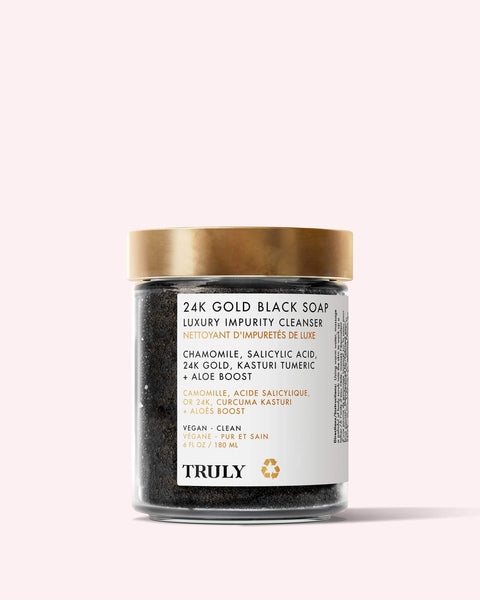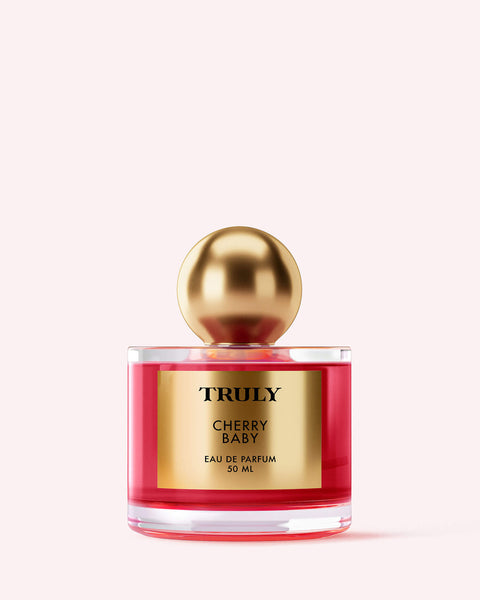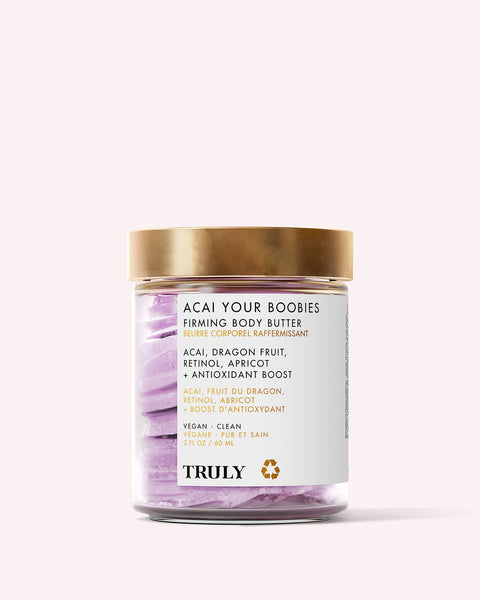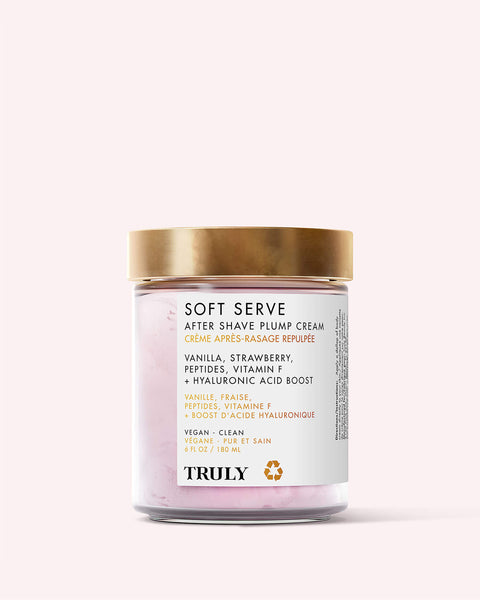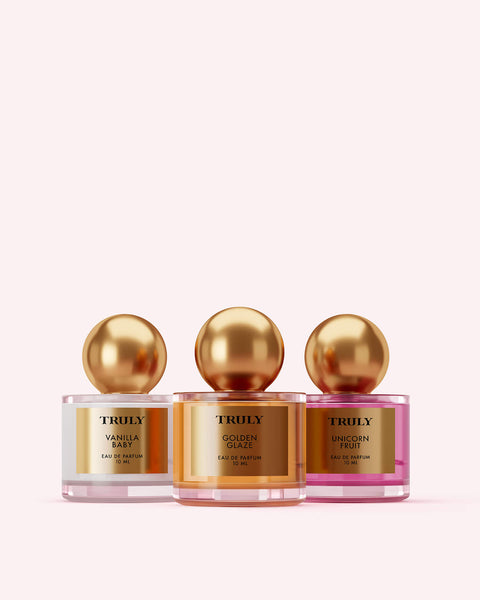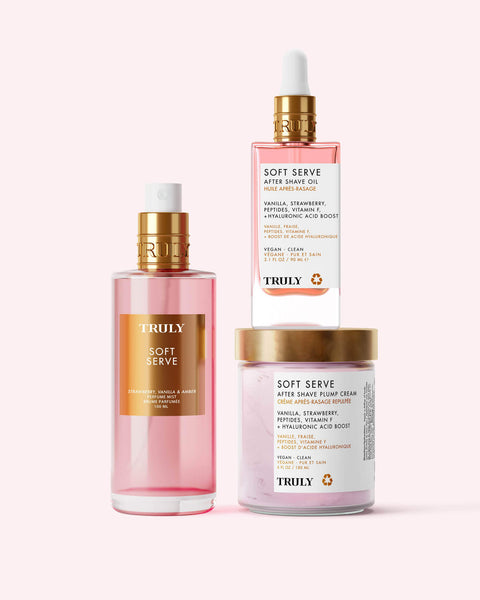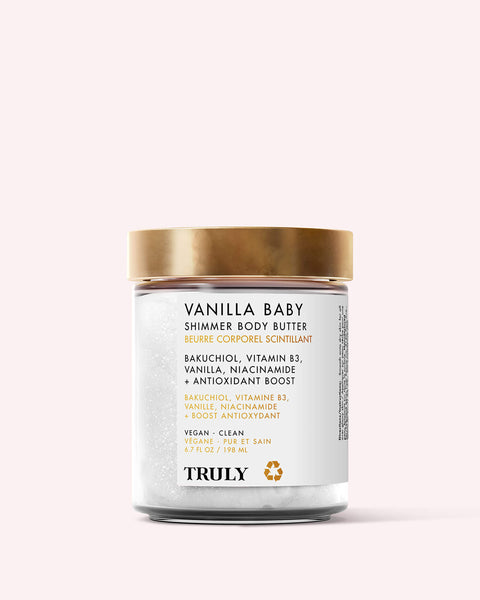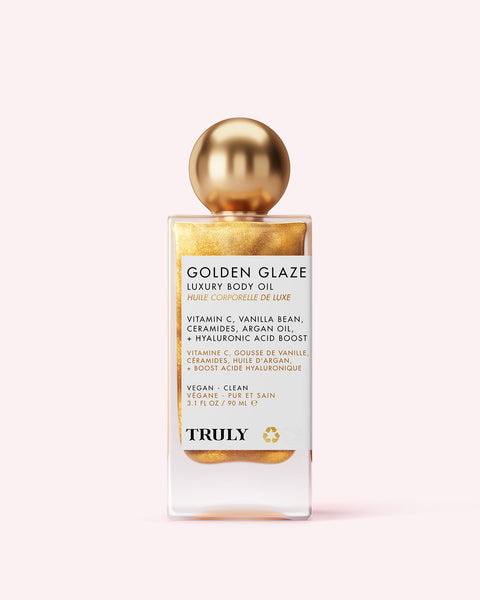5 Ways to Stop Sunscreen Pilling
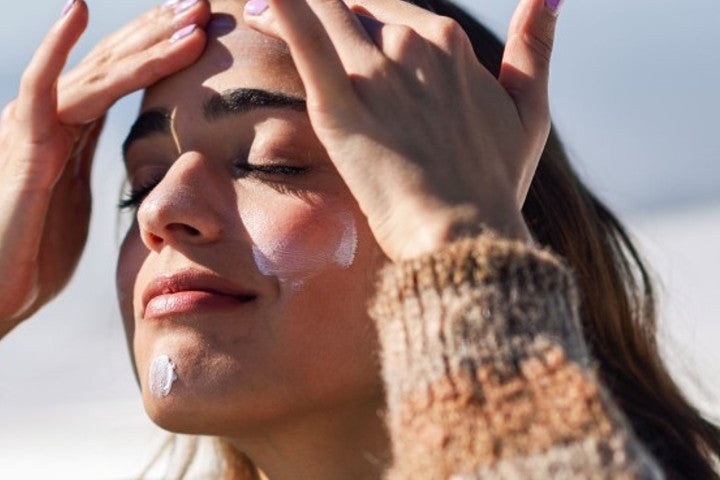
Have you noticed that your sunscreen doesn’t seem to be gliding on as well as it used to? You might be dealing with something known as sunscreen pilling. Pilling is what happens when your skincare products haven’t fully absorbed into the skin. Instead of being left with smooth, glowing skin, you’re left with little tiny clumps of rolled up balls (the product pilling) and visible flaking and grittiness. This can happen with almost any product, but it’s most common with lotions, creams, and especially sunscreen.
According to dermatologists, there are two main causes of sunscreen pilling: the product you use and the way you apply it.
To prevent sunscreen pilling the next time you slather on your SPF, read on...
#1: Switch to a Silicone-Free Sunscreen
Certain ingredients can react with other products in your skincare routine to form pills. Silicones are one of them. According to skincare experts, silicones such as dimethicone and cyclomethicone are commonly included in sunscreens to boost their efficacy by creating a barrier on top of the skin. By doing this, it also means it can clump together and lead to pilling.
Other skincare ingredients to avoid include Xanthan Gum, talc, mica iron oxide, and mineral blockers — all of which are also known to cause pilling. Check the ingredients list next time you go shopping for sunscreen to ensure it does not contain any of these ingredients.
Sun protection is essential for protecting skin against harmful UV rays. However, the formula you use might be what’s causing pilling. For that reason, spend a little longer selecting your SPF to ensure it’s free of these ingredients.
#2: Exfoliate
It’s important to prepare the skin properly before applying your moisturizers, serums, and sunscreen. Exfoliate twice a week to remove dead skin cells and impurities, ensuring maximum absorption of skincare formulations and prevent sunscreen pilling. Start with a gentle cleanser and toner followed by a chemical exfoliant (AHA or BHA) to unclog pores and smooth the skin, ready for product application. Then finish with a lightweight moisturizer or hydrating serum, followed by SPF 50.
As important as exfoliation is for preventing pilling, finding the right balance is essential.
“Exfoliating too much or too little can cause our skin to become too dry and/or overly oily, which also contributes to pilling,” says board-certified dermatologist Dr. Dendy Engelman, MD. “I suggest only exfoliating one to two times per week and using chemical exfoliants rather than physical exfoliants.”
We recommend our CBD Jelly Toning Solution. This exfoliating toner features actives like glycolic acid, tea tree oil, and aloe to sweep away dull, dry skin, clear up breakouts, and brighten the complexion. It’s the gentlest way to exfoliate, and it’s suitable for all skin types. From oily skin to sensitive skin, every kind of skin can benefit.
#3: Apply Skincare Products in the Correct Order
Your sunscreen might be pilling because you’re applying your products in the wrong order. A good rule to follow, according to the experts, is to apply products from lightest to heaviest. Start with your serums, then moisturiser, then sunscreen SPF 30 or higher. If you apply thin products over thick products (i.e. serums over creams), they won’t be able to properly absorb and penetrate into the skin. This can cause pilling of your products.
You can also prevent pilling by layering similarly formulated products -- as in oil-based with oil-based and water-based with water-based.
“If the pilling occurs when the consumer layers products, that means there is the incompatibility of the layered products: Water-based and oil-based products do not mix well,“ says cosmetic chemist Ginger King.
We recommend our Ultimate Skincare Bundle to get started with a skincare routine. It features a cleanser, mask, and face cream infused with nourishing actives like CBD, retinol, hyaluronic acid, and aloe to smooth, brighten, and clarify skin.
#4: Pat, Don’t Rub
Many people make the mistake of rubbing their products into their skin. Change your technique!
“Use a beauty blender or your hands to lightly press the products into the skin rather than rubbing, which can contribute to pilling,” says AMS Aesthetics aesthetic practitioner Amar Suchde.
Whether you’re using your favorite serum or cream, make sure you pat it into the skin — don’t rub. Same goes for your sunscreen. Not only will this prevent pilling, but it’ll also ward off premature fine lines and wrinkles as rubbing and other forms of friction can contribute to creases.
If you’re also dealing with makeup pilling, you can also apply this theory when you layer on your concealer, foundation, and creams. Pat it gently into the skin until you see coverage.
#5: Give Each Product Time to Absorb
“Pilling most commonly occurs because we aren't giving enough time for each product to dry before applying the next,“ explains New York City board-certified dermatologist Shari Marchbein.
Each product needs to dry or absorb before you apply the next one, otherwise the products will pile (aka, turn into tiny clumps of rolled up balls). The derms recommend waiting at least 30-60 seconds after applying a product before moving onto a new one.
Another good way to tell whether a product has absorbed and your skin is ready for the next step is to give your face a touch. If it still feels a little sticky or wet from the last product, give it another minute or so before applying the next product.
How long a product takes to absorb depends largely on the formula itself. Serums, for instance, take seconds to absorb, while thick creams and lotions can take a few minutes to properly sink into the skin. Since sunscreen is the final step, make sure all the products have fully absorbed before patting it on.
Do it this way, and you shouldn’t deal with sunscreen pilling again!
